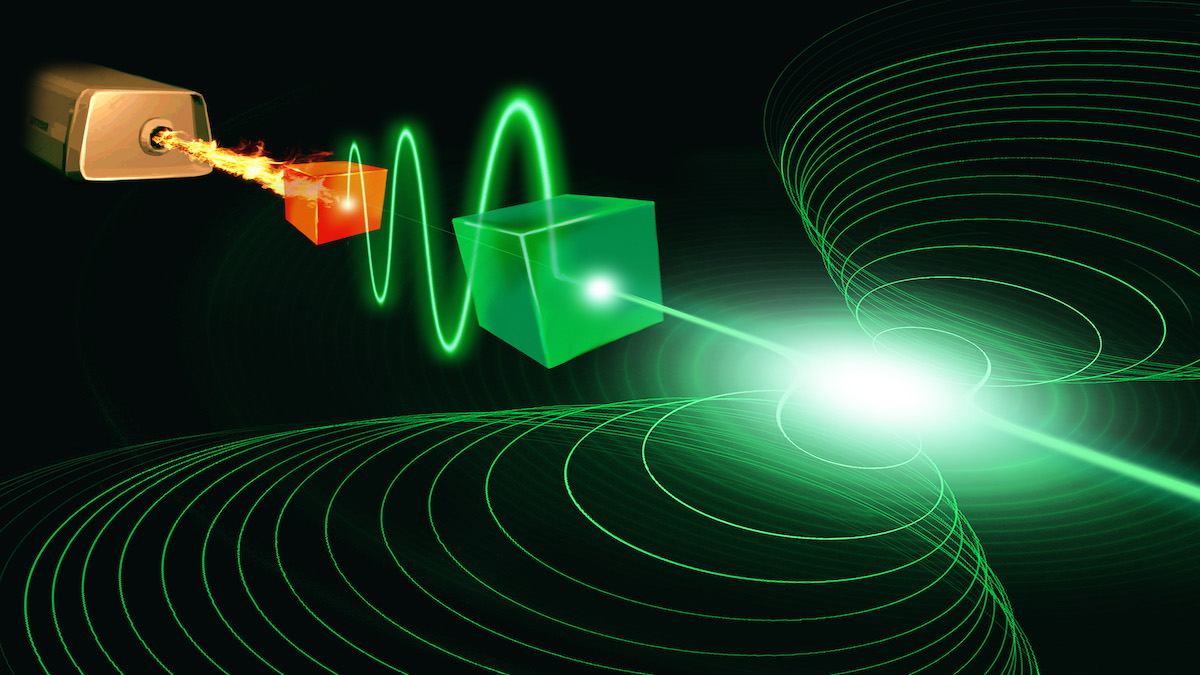
A team of Australian quantum theorists has shown how to break a bound that had been believed, for 60 years, to fundamentally limit the coherence of lasers.
The coherence of a laser beam can be thought of as the number of photons (particles of light) emitted consecutively into the beam with the same phase (all waving together). It determines how well it can perform a wide variety of precision tasks, such as controlling all the components of a quantum computer.
Now, in a paper published in , the researchers from Griffith University and Macquarie University have shown that new quantum technologies open the possibility of making this coherence vastly larger than was thought possible.
“The conventional wisdom dates back to a famous 1958 paper by American physicists Arthur Schawlow and Charles Townes,” said , project leader and Director of Griffith’s .
Each of them went on to win a Nobel prize for their laser work.
“They showed theoretically that the coherence of the beam cannot be greater than the square of the number of photons stored in the laser,” he said.
“But they made assumptions about how energy is added to the laser and how it is released to form the beam.
“The assumptions made sense at the time, and still apply to most lasers today, but they are not required by quantum mechanics.”
“In our paper, we have shown that the true limit imposed by quantum mechanics is that the coherence cannot be greater than the fourth power of the number of photons stored in the laser,” said Associate Professor Dominic Berry, from Macquarie University.
“When the stored number of photons is large, as is typically the case, our new upper bound is much bigger than the old one.”
But can this new bound on coherence be achieved?
“Yes,” says Dr Nariman Saadatmand, a researcher in Professor Wiseman’s group.
“By numerical simulation we have found a quantum mechanical model for a laser which achieves the theoretical upper bound for coherence, in a beam that is otherwise indistinguishable from that of a conventional laser.”
So, when we will see these new super-lasers?
“Probably not for a while,” says Mr Travis Baker, the PhD student on the project at Griffith University.
“But we do prove that it would be possible to construct our truly quantum-limited laser using superconducting technology. This is the same technology used in the current best quantum computers, and our proposed device may have applications in that field.”
“Our work raises many interesting questions such as whether it could allow more energy-efficient lasers,” Professor Wiseman said.
“That would also be a great benefit, so we hope to able to investigate that in the future.”








